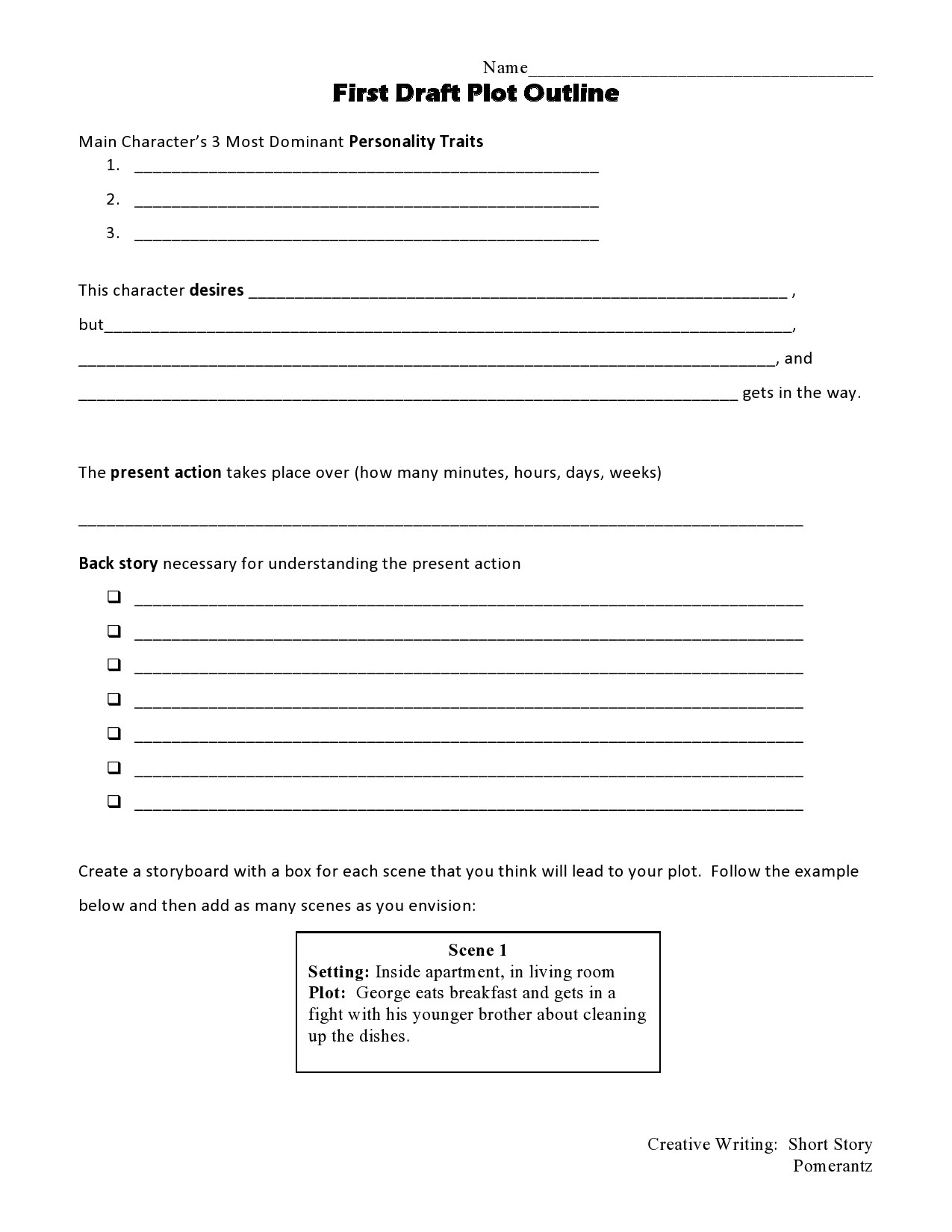
I would usually write a word or two for each topic: Then I would make a list of what I wanted to talk about. Instead, I shuffled through my notes to remind myself of the interesting things I had learned, or at least the parts that my reader would need to know in order to understand the main point.

I learned the alphanumeric outline system in elementary school, but when I had to write long research papers in college, I stopped using it. Imagine yourself giving a presentation or a lecture about your book: what would you say? That becomes your outline. Why? Because you can learn from their questions while you can still make changes. You’ll also benefit when you present your ideas in front of an audience. That helps you build your case logically. Tools like Scrivener let you prepare your book section-by-section, similar to keeping each chapter in a separate file folder in your desk. You make notes for yourself only so you don’t forget something important. But a book is so long that it’s hard to remember everything you’re passionate about and in what order you want to talk about it. You don’t need notes to talk about something you’re passionate about. It’s your passion for your subject that drives your writing. The main reason why you write an outline first is simple: Because you can’t keep the whole book in your head at one time. Not if it seems burdensome to you, or even boring.

We could call it the Roman-Arabic outline, though experts call it the alphanumeric outline.īut when you outline your book, you don’t have to do it that way. lower-case letters for all the sub-points below that Regular Arabic numerals for the sub-sub-pointsĪ. You were probably required to do it a certain way:ġ.

You learned how to write outlines in school, I suppose. How to Write a Book Outline: Fiction and Nonfiction By Michael


 0 kommentar(er)
0 kommentar(er)
